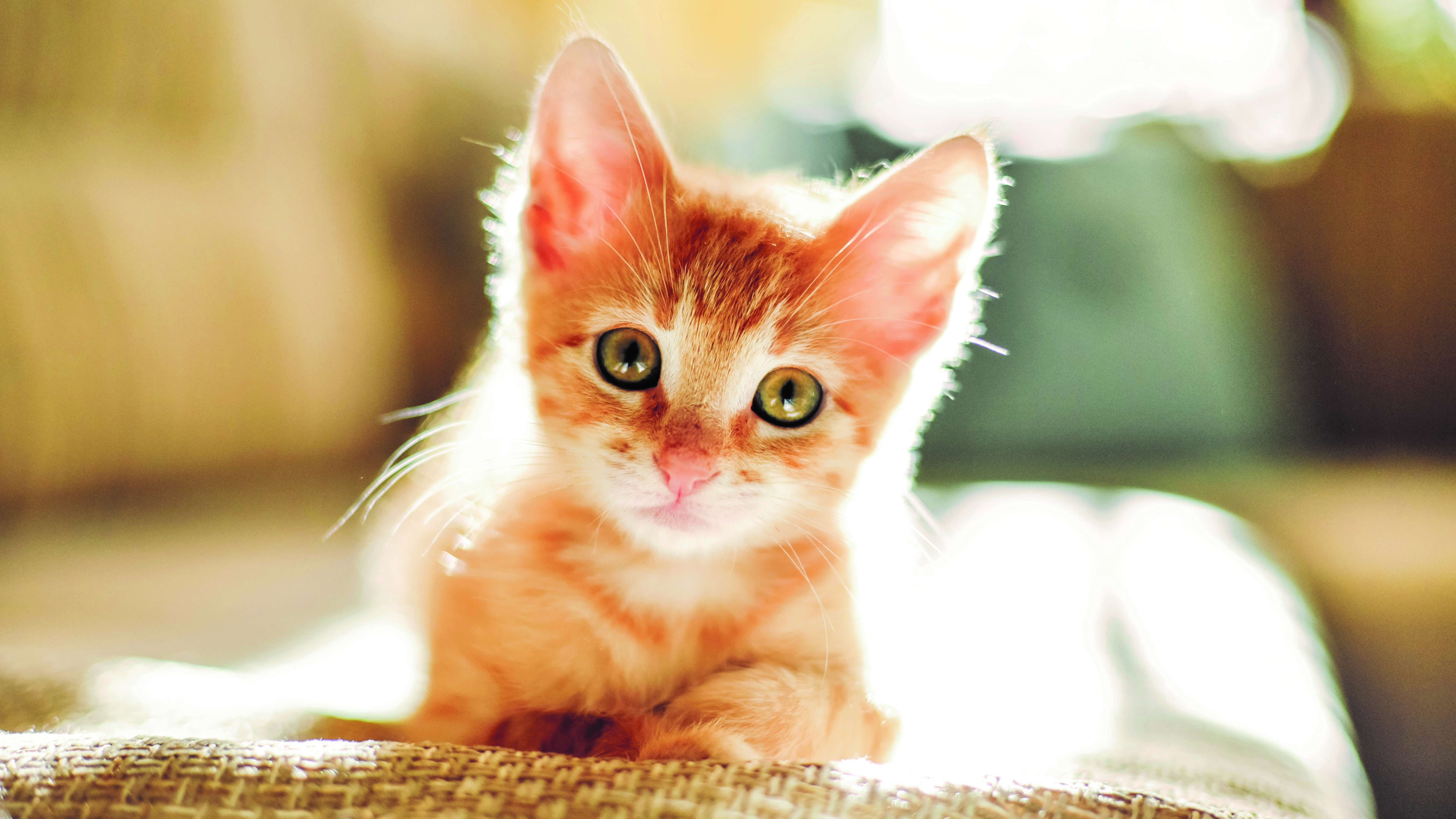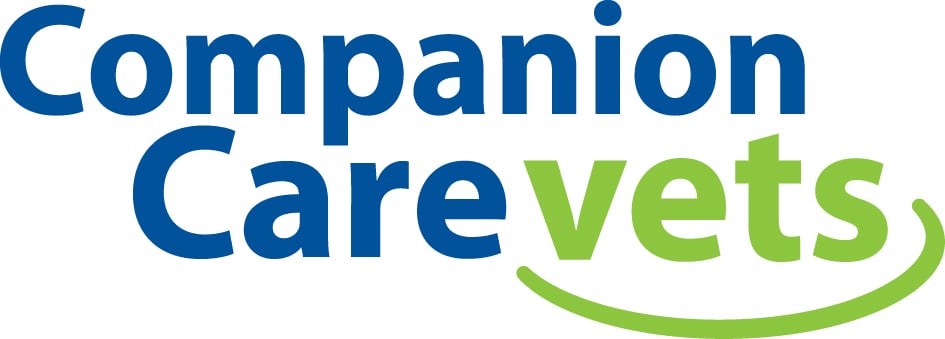
Choosing The Right Diet For Your Kitten
With so much variety available, how do you choose the right diet for your kitten and how do you know a good diet when you see one?
By the time your kitten came to live with you, they may have been used to eating wet kitten food or they may already have been introduced to dry food.
Many people like their cats to continue to eat some wet food (from pouches, trays or tins) along with dry food throughout their lives, but cats can also eat a purely dry diet. Dry food can be better at helping to maintain good dental health and some foods are designed to assist in this.
Often, it’s best to start by keeping your kitten on the same diet they’ve been eating, until they’ve settled in properly. That’s not always the case though – depending on where they’ve been bred, some kittens may not have been eating a suitable diet and would benefit from changing to a more appropriate one sooner rather than later.
If you decide to change your kitten’s diet, do so over about a week, offering both diets in separate bowls side by side and reducing the amount fed of the old diet while increasing the new one.
Cost and diet quality
Cost is a factor when feeding any pet. It’s a good idea to buy the best quality food you can afford. But how can you judge the quality of a diet? First, check whether the packaging states that the diet is ‘complete’ or ‘complementary’. A complete diet provides everything your kitten needs and can be fed on its own without the need for any supplementation.
Complementary diets are designed to be fed as part of the pet’s diet and don’t supply all the nutrients required by themselves.
When you look at the packaging on pet food, check the composition, or ingredients list. The ingredients are listed in order of weight, in decreasing order. So, for example, if the order of ingredients lists poultry protein, rice and, further down the list, fish oil, the main ingredient by weight is poultry protein, there’s a smaller amount of rice, then an even smaller amount by weight of fish oil.
Many pet food labels include in their composition something like, ‘meat and animal derivatives, min 4% chicken’. This means that there is a minimum of 4% of chicken, the stated protein source, but that there are also other ingredients obtained from animal sources, such as offal – which is also nutritious – and those may not necessarily be
from chicken.
When feeding cats and kittens, the level of protein in the diet and also the quality of that protein is really important. The packaging will state ‘Analytical constituents’ by percentage of the diet. Kitten food is high in protein, typically around 36%. You may find that more than one diet states the same percentage of protein, while the costs of those diets varies widely.
The difference is largely because of the quality of the proteins that contribute to that protein level in the diet. Proteins are made up of different combinations of natural chemicals called amino acids, some of which are more important to cats than others are.
Proteins also vary in their ability to be digested and in the level to which they have been processed. So, while different diets may all fulfil the legal minimum requirement for protein levels, the usefulness of those proteins to a cat will vary. Some diets contain more easily digested, better-quality proteins for cats, than others do. The sources of those protein providing ingredients will vary in cost and that will be reflected in the price of the food.
Some diets also contain ingredients designed to assist in healthy brain development, dental health or urinary tract health and these are all good things to look for.
Keeping an eye on growth and body condition
It’s a sad fact that many pets are considered overweight. There are many reasons that might contribute to this, but in basic terms, if cats are eating more calories than they are using up, they’ll gain weight. With a few exceptions, you can control how much your cat eats, so if they’re receiving an appropriate diet in the right quantities and their activity levels are normal for their age, they should be able to stay at a healthy weight.
There are some situations you can’t control, however: Once cats are able to go out, they may supplement any food their family give them by hunting. Hunting is a normal behavioural need in cats, even those who are not hungry. Also, some cats may become friendly with neighbours, who may like to give them little extras. Cats may help themselves to each other’s food in a multicat household, especially if one cat is greedier than another!
Cats stop eating when they feel full, but if they get used to eating large quantities of food at a time, their stomachs get used to being stretched and don’t send signals to the cat’s brain to stop eating as quickly as they used to do. This can lead to cats eating more and more in one go before they feel full enough to stop. Obesity can lead to decreased energy levels and reduced activity which, in turn, leads to more weight gain. It’s a vicious cycle that is far better avoided from the beginning.
Every time your kitten meets your vet team, they’ll be checked for body condition score – a way of determining whether a pet is too thin, overweight or just right. If you’d like to learn to body condition score your own pets there are charts online that you can look at. At the very least, when you look from above at a kitten of about four months old or over, their tummy shouldn’t stick out at the sides, and they should feel sleek and muscular.
Kitten Diet FAQs
Once kittens have been weaned, they must obtain all of their nutrients from solid food. The growth rate of kittens slows down as they get older and optimum nutrition needs to be provided for them at each life stage. When kittens are neutered, their metabolism changes and their energy requirement drops, so it’s important that this is reflected in their diet, going forwards.
At about 12 months old, kittens have done most of their growing and are becoming adult cats. Their nutritional requirements will vary a bit, depending on their activity levels, but they’re ready to be fed a diet suitable for young adult cats.
Older adult cats from about seven years onwards will benefit from being given a diet for mature cats and once they reach their golden years and their metabolism and energy levels change again, they’ll need a diet that reflects this.
Some pet food companies produce foods suitable for kittens for their first 12 months, while others make diets designed specifically for very young kittens, older ones and also kittens who have been neutered.
Adult and senior diets for cats are also widely available, for when the time comes.
If your new kitten is joining older cats in your household, you’ll want to keep your kitten’s
food separate from that of your older cats as adult cats can soon gain weight if they keep helping themselves to high-energy kitten food! Likewise, kittens won’t receive enough calories or the right balance of nutrients from adult cat food.
Your older cat is unlikely to want to share their resources with a new arrival and your kitten won’t understand that this could make another cat anxious, so this is another reason to keep everything separate. In a multi-cat household, it can sometimes help to use special feed bowls that can be programmed to open only for a particular pet, by responding to their microchip.
Cats are obligate carnivores, which means that, unlike dogs, who are omnivores, they must eat meat in order to obtain the nutrients they need.
Cats also obtain a large proportion of their energy from protein digestion, so they require a higher level of protein in their diet than most species do. The easiest way to ensure that your kitten is receiving the correct balance of nutrients is to feed them on a complete diet appropriate for their age.
With so much choice, it can be difficult to know which food is best for your kitten. To begin with, look for a diet that’s appropriate for your kitten or cat’s age.
You might like to feed wet food, dry, or a mixture of the two. Bear in mind if you’re buying wet food that cats really like their food to taste fresh and that sachets, trays and small tins contain little portions that shouldn’t go off if stored correctly in the fridge for 24-48 hours.
Larger tins of cat food may not get used up while the food is still fresh. Dry kitten food will have small kibble size, suitable for kitten-sized mouths and teeth.
Again, consider the size of the bag. One kitten will take a while to get through even a 2kg bag and larger bags left open for too long will go off.
All diets will have recommended daily quantities stated on the packaging. These are just guidelines, so if you find that your kitten is always hungry and you’re following your vet team’s advice on parasite prevention, or if your kitten leaves a lot of food behind but is growing and full of energy, you might need to adjust the ration size or perhaps try a different food.
Remember that if you’re using wet and dry food in combination, you’ll need to adapt the quantities fed to reflect that there is a different type of food also on offer. If you’re in any doubt about your kitten’s appetite, growth or energy levels, your vet team will be happy to help.
The best way to keep track of how much food your kitten is eating is to measure out the day’s ration once a day and offer it in little meals over 24 hours. Some people like to leave dry food down all the time for their cat to ‘graze’ on and offer small meals of wet food several times a day. Kittens only have small tummies, so offering wet food in three or four small meals a day until they are about six months old, is usually about right.
The best drink for cats and kittens is fresh, clean water. Although some people like to give their cats milk, it’s not easy to digest once kittens have been weaned and it also adds extra calories to a cat’s daily intake.
Cats often like to play with water, for instance from a dripping tap or a purpose-made cat water fountain. Cats who are receiving dry food will drink more water than cats who are also eating wet food. It’s a great idea to keep an eye on your kitten or cat’s water intake as changes in this can be an early warning of health problems developing.
We all like to see our pets happy, and many people like to give them treats. If you’d like to treat your kitten, check whether the treat is okay to be given to a cat of their age and also, make sure you stick to the recommended amounts.
Too many treats can upset their tummies and can also lead to weight gain. Most treats are ‘complementary’ pet foods and shouldn’t make up a large proportion of the daily food intake. Bonding with your kitten by playing with them, grooming them and providing a warm lap when they want to snuggle in are great ways to treat them without any risk of overdoing it!
The right amount of a good quality diet, plus fresh water and plenty of opportunities for play should help your kitten to grow into a healthy and happy adult cat!
